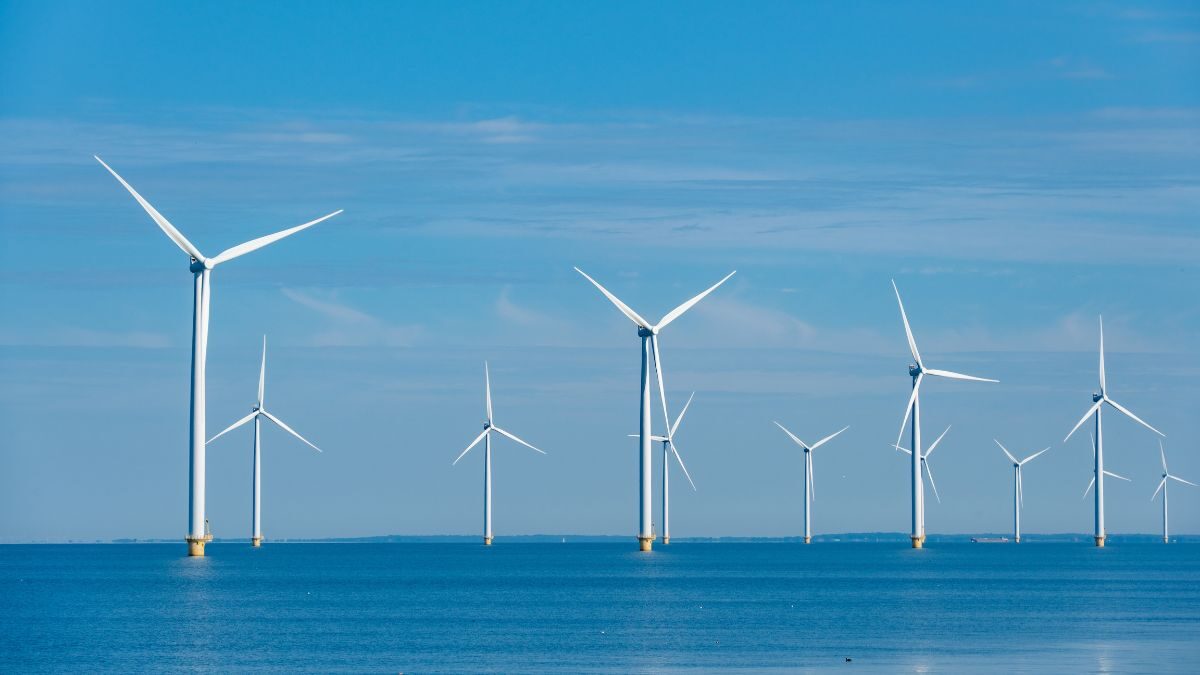(Re)in Summary
• Global offshore energy insurance premiums fell to US$4.34bn in 2024, down 7.9% year-on-year, with Europe leading the decline while Norway bucked the trend with 27% growth.
• Attritional losses hit an estimated US$2bn despite zero catastrophic events, creating profitability concerns amid high 80% utilisation rates.
• Industry faces structural shift as automated buying practices enter traditionally technical underwriting space, raising concerns about expertise erosion.
Global offshore energy insurance premiums totalled US$4.34bn in 2024, representing a 7.9% decrease compared with the previous year, according to data presented at the International Union of Marine Insurance (IUMI) annual conference in Singapore.
The contraction was driven largely by Europe, with Japan, Malaysia, and Egypt also recording flat-to-downward trends. Norway was the notable outlier, with premiums rising 27%. Market conditions remain challenging, as excess capacity and competitive pricing continue to erode rates despite persistent operational risks.
A particular concern for insurers is the divergence between loss types. No major catastrophes were recorded in 2024, but attritional claims reached an estimated US$2bn, weighing heavily on profitability against utilisation levels of around 80%.
“Profitability across the sector is under pressure. With attritional losses already running high, we must remain mindful of our exposure should a significant event occur,” said Melanie Raven, chair of IUMI’s Offshore Energy Committee.
Raven also pointed to a shift in underwriting practices, with automation and smart follow facilities increasingly replacing traditional technical approaches. While these tools enhance efficiency, she cautioned that reliance on automation risks eroding the specialised expertise needed in this complex sector.
Despite the pressures, opportunities are emerging. Investment in offshore wind projects across Asia is accelerating, while gas continues to play a growing role as a transitional energy source. Raven noted that entry barriers into renewable underwriting remain low for traditional energy insurers, opening a pathway for diversification.
The sector’s resilience has also been bolstered by safety improvements, with the absence of catastrophic losses underlining the impact of continued investment in operational standards by oil and gas companies.
The offshore market’s transition challenges mirror broader energy insurance concerns, with FM warning that environmental and technological risk gaps are threatening renewable energy project insurability, while WTW data shows Asia’s energy insurers navigating soft market conditions despite upstream losses exceeding US$1.3bn globally in 2024.
























